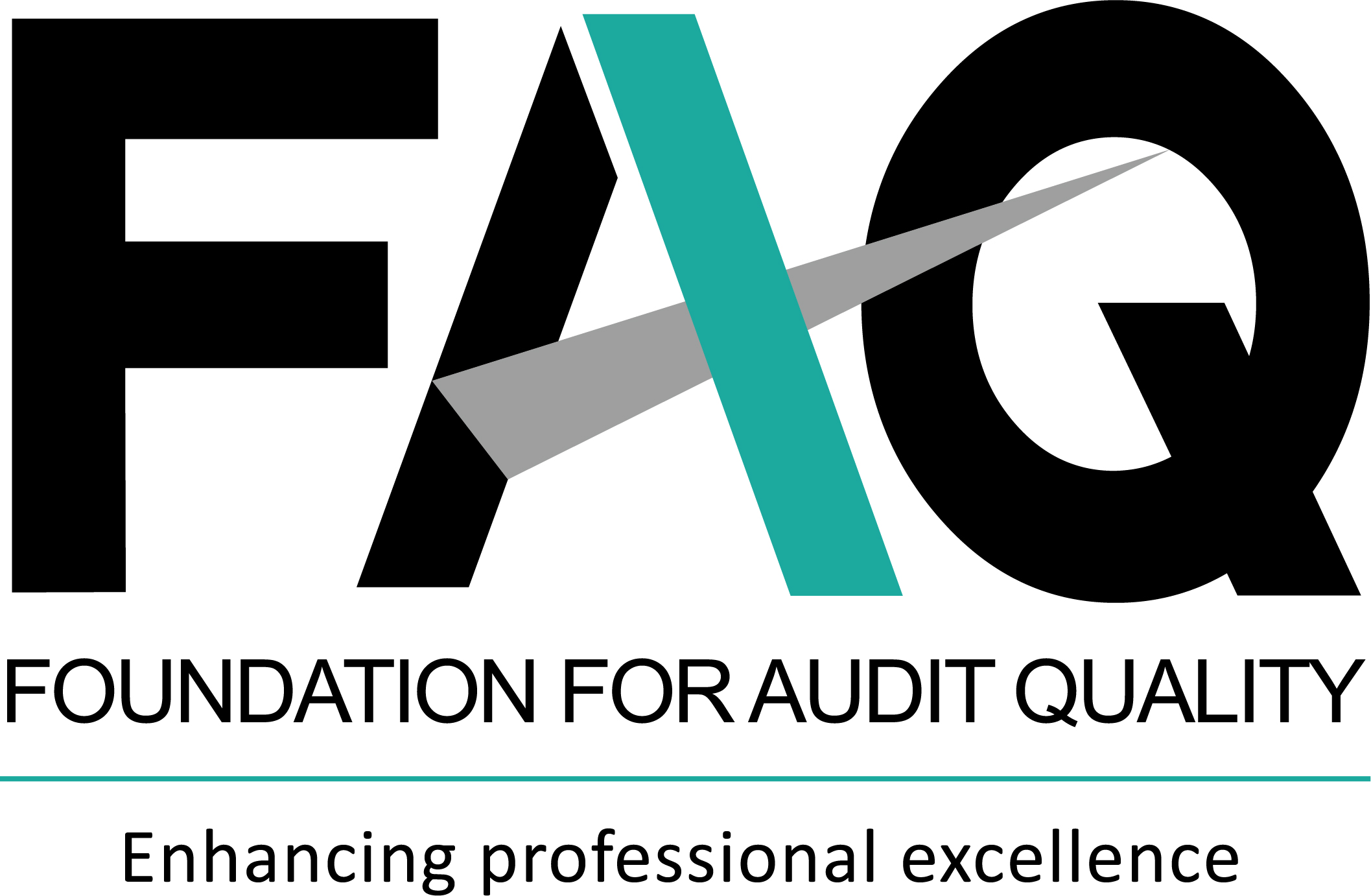EDs/Consultation papers
Updates from SEBI
On 26 June 2024, SEBI issued a Consultation Paper (CP) proposing amendments to certain SEBI Regulations. These proposals have been issued with an aim to facilitate ease of doing business and harmonise the provisions of SEBI (Listing Obligations and Disclosure Requirements) Regulations, 2015 (LODR Regulations) and SEBI (Issue of Capital and Disclosure Requirements) Regulations, 2018 (ICDR Regulations). The CP is divided in the following three parts:
- Part A : Proposals under the LODR Regulations
- Part B : Proposals under the ICDR Regulations
- Part C : Proposals for harmonizing the regulations under the LODR Regulations and ICDR Regulations.
Some of the key proposals are as follows:
| Part A : Proposals under the LODR Regulations | |
|---|---|
| I. Related party transactions |
Exemptions to the definition of related party transaction (Regulation 2(1)(zc)): Following items have been proposed to be exempt from the definition of RPT:
|
|
Approval of RPTs by the audit committee of the listed entity (Regulation 23(2)): As per existing regulations, prior approval of the audit committee of the listed entity is required for all RPTs to which the listed entity is a party. It has been proposed to exclude from the purview of RPTs the remuneration to Directors and Key Managerial Personnel (KMP), except those KMP who are part of the promoter/promoter group. Further, it is proposed to permit ratification of transactions which exceed the omnibus approval limit, within a specified timeline. |
|
|
Omnibus approval (Regulation 23(3)): RPTs of subsidiaries can now obtain omnibus approval of the audit committee of the holding listed company. |
|
| II. Filings and disclosures | |
|
Single filing system (Regulation 10): A system that automatically disseminates the filing done on one stock exchange to the other stock exchanges using an API-based integration has been proposed. |
|
|
Periodic filings (Regulation 10B): To minimize the number of periodic filings that are required to done by a listed entity, it is recommended to merge the periodic filings under the LODR Regulations into two broad categories:
|
|
|
System driven disclosures of certain filings (Regulation 31 and Para A of Part A of Schedule III of the LODR Regulations) : The process of disclosure of shareholding pattern and new or revised credit ratings should eventually be completely automated. |
|
|
Website links (Regulation 46(2)): The information/data provided by listed entities is hosted on the website of stock exchanges. It has been proposed to provide curated links to the information/data on their own websites instead of duplicating the whole data again. |
|
|
Newspaper advertisements (Regulation 47): The requirement of publishing detailed advertisements in newspapers for financial results is proposed to be made optional for listed entities. Further, it has been proposed to provide a small section with details of QR code and weblink of the page where detailed financial results of the listed entity have been put up. |
|
| III. Disclosure of material events | |
|
Additional timeline for disclosure of events in some cases:
|
|
|
Acquisitions by listed entities (Para A of Part A of Schedule III of the LODR Regulations): It is proposed that a listed entity should disclose details of acquisition made by the listed entity, whether directly or indirectly, where such a listed entity holds shares or voting rights in a company, whether listed or unlisted, aggregating to 20 per cent (increased from 5 per cent at present) or there has been any subsequent change in holding in the company exceeding 5 per cent (increased from 2 per cent at present). However, acquisition of shares or voting rights in an unlisted company, aggregating to 5 per cent or any subsequent change in holding exceeding 2 per cent, shall be disclosed in the specified format on a quarterly basis as part of the Integrated Filing (Governance) as described in point II above. |
|
|
Disclosure of tax litigations and disputes (Para B of Part A of Schedule III of the LODR Regulations): It is proposed that a listed entity should disclose tax litigations / disputes including tax penalties based on application of criteria for materiality. It has been proposed that a listed entity should provide:
|
|
| IV. Board of directors and its committees | |
|
Vacancies in board committees (Regulation 17(1E)): The existing regulations provide no specific timeline to fill up vacancies in Board Committees arising as a result of vacancy in the office of a director. In order to provide adequate time to listed entities, a timeline of three months has been proposed to fill up vacancies in Board Committees, which result in non-compliance with the composition prescribed under specified regulations. |
|
|
Timeline for obtaining shareholders’ approval for appointment/re-appointment of director (Regulation 17(1C)): As per regulation 17(1C) of the LODR Regulations, approval of shareholders for any person appointed on the board of a listed entity should be taken within a period of 3 months or the next general meeting, whichever is earlier. It has been proposed to exclude the time taken for regulatory or statutory or government approvals for appointment or reappointment of a person as a director for determining the time limit under regulation 17(1C) of the LODR Regulations. |
|
| V. Promoters and controlling shareholders. | |
|
Framework for reclassification of promoter/promoter group entities (Regulation 31A): Regulation 31A of the LODR Regulations lays down the procedure to be followed for reclassification of an entity belonging to promoter or promoter group as a public shareholder. The consultation paper has proposed changes to the framework for reclassification of promoter or promoter group entities as public under the LODR Regulations. |
|
|
Obligation for disclosure of information to the listed (Regulation 5): Under the existing regulation there is no specific obligation on promoter(s), directors, KMP to make specified disclosures to the listed entity. The report proposes to cast obligation on the promoters, directors and KMPs to disclose all information that is relevant and necessary for the listed entity to ensure compliance with applicable laws. |
|
| VI. Other compliance matters requirements | |
|
Annual reports (Regulation 36(2)): The requirement of sending physical copies of annual reports to shareholders whose email ids are not available has been proposed to be removed. Such shareholders should be sent a letter with a link from which the annual report can be downloaded. Annual reports need to be submitted to the stock exchange on or before commencement of its dispatch to the shareholders. |
|
|
Subsidiary related compliance requirements (Regulation 24(6)): The requirement of shareholders’ approval under regulation 24(6) for sale, disposal or lease of assets of a material subsidiary has been proposed to be removed in case such a transaction takes place between two wholly owned subsidiaries of the listed entity. |
|
|
Corporate governance at listed entities (Part E of Schedule II of the LODR Regulations): The board has proposed to extend the applicability of the following provisions to the top 2000 listed entities:
Currently, the above mentioned provisions are applicable to the top 1,000 listed entities. |
|
|
Virtual and hybrid shareholder meetings (Regulation 44(4)): It is proposed to hold permanent virtual and hybrid general meetings, with the notice period for such meetings reduced from 21 days to seven days. Further it has been proposed to remove the requirement of proxy forms for general meetings. |
|
| Part B : Proposals under the ICDR Regulations | |
|---|---|
| Eligibility conditions of an IPO (Regulation 5) | The consultation paper provides flexibility under eligibility conditions for an IPO by allowing issuers with outstanding Stock appreciation rights (SARs) to file DRHP where such SARs are granted to employees only and are fully exercised for equity shares prior to the filing of the RHP. |
| II. Public announcement after filling of draft offer document (Regulation 26) | It has been proposed to change the requirement of issuing advertisement post filing of Draft Red Herring Prospectus (DRHP) from two days to two working days. Further the 21 day comment period should be calculated from date of advertisement and not the date of filing. |
| III. Pre-IPO transactions (Regulation 54) | It has been recommended to disclose details of pre-IPO transactions after filing of DRHP to the stock exchanges. |
| III. Part C : Proposals to harmonise regulations under the LODR Regulations and ICDR Regulations | |
| I. Definition of material subsidiary thresholds | The financial line items for identification of a material subsidiary under the ICDR and the LODR Regulations are different. It is proposed that the terminology for identification of a material subsidiary under both the regulations should be aligned and both regulations should refer to consolidated ‘turnover’ instead of ‘income’. |
| Disclosure of material agreements in offer documents |
The requirement of disclosure of material agreements in offer documents that are entered into by
shareholders, promoters, directors, etc. should be aligned under both the regulations in order to ensure
parity in disclosures of material agreements.
To access the text of the consultation paper please click here |
In order to provide investors with relevant and periodic information, AMCs make various mandatory and voluntary disclosures to SEBI and the trustees. This includes scheme annual report, half yearly financial results, Scheme Information Document (SID), Key Information Memorandum (KIM), investor account statements, etc.
The RAR represents a realistic measure of scheme’s performance as it quantifies the amount of return generated by a mutual fund scheme for each unit of risk taken to achieve that return.
However, the extant regulatory framework does not mandate disclosure of RAR along with the returns of a mutual fund scheme.
In this regard, on 28 June 2024, SEBI issued a consultation paper proposing disclosure of RAR of the portfolio of a mutual fund scheme proposing, inter alia, the following:
- Disclosure of Information Ration (IR) as a measure for disclosure of RAR along with the scheme’s performance
- Methodology for calculation of IR for each category of mutual fund.
To access the text of the consultation paper please click click here
Our Insights
Tools and Enablers
- Standard workpapers
- Technology tools
Resources
- Regulatory updates
-
India updates
Accounting updates
Auditing updates
Regulatory updates
-
International updates
Accounting updates
Auditing updates
Regulatory updates
-
Recap on key updates
-
Publications
India Publications
International Publications
-
Matter for auditors’ attention
-
Discussion/Consultation papers and Publications issued by regulators
India Publication
International Publication
Exposure Drafts/consultation papers
EDs/consultation papers
Matters for Consultation

